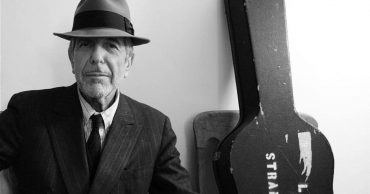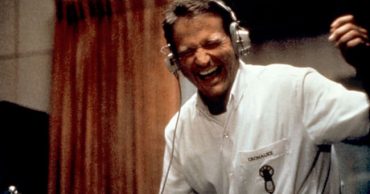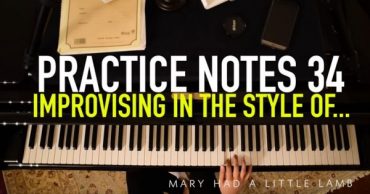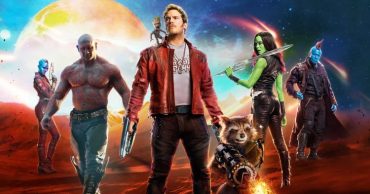Jon Lord’s aggressive keyboard skills will forever tantalize. They are an astounding mix of classical, jazz, and rock riffs and electronic sound. His sonic improvs took the Hammond organ, and any keyboard he played for that matter, to places nobody expected: Lord took the disparate worlds of music he loved and mixed them together. Lord was classically trained, and he continued to include his classicist skills within the rock genre. He was a fan of Rick Wakeman’s use of Hammond organ in the music of Yes, and decided to incorporate Wakeman’s organ sounds in the music of Deep Purple. Lord is often called “Hammond Lord”:
Lord’s Hammond organ was animalistic, though his performances were theatrically restrained. Lord’s organ solos were hugely popular, and the band members recognized his prowess. His bandmates viewed him as true “rock royalty”. Lord battered his instruments, but the growls and grunts he produced were unbelievably executed along with classically perfect notes. Lord’s career included reaching the top of both rock and classical music charts. He was most proud of being accepted as a composer with “an interesting body of work” from both rock and classical music worlds.
Lord’s solo in Burn is often termed “The Most Powerful Solo in Rock History”:
Lord’s Classical interests and Other Influences
Lord was interviewed in 2010 by RangerTV for All Metal. Lord discussed the mathematic and emotional influence of Bach. Lord said that Bach’s message for the musician was not about technical ability, but about the importance of music to the heart. Lord described Bach’s use of sequence as a basic premise for reaching the listener’s ear. He said that Bach’s pieces influenced him when he studied them as a young pianist. He came to view the use of sequence as integral to providing rock and roll with reaching audiences, too. Lord said he used Baroque structures as a basis for Deep Purple’s music. But, he also said that “it’s all music”. He was always “alright” with the varied music genres, and enjoyed merging various influences within his composed and improvised performances.
Lord considered Dave Brubeck, Oscar Peterson and Miles Davis as his early influencers. Lord viewed one performance as “absolutely seminal” to his musicianship. He heard Jerry Lee Lewis playing “A Whole Lot of Shaking Goin’ On”. He heard the “raw, untrained” quality of the performance and he wanted to sound like that. He liked the “animal edge” which he heard in Lewis; and in the music of Little Richard. The “untutored, textured” quality of it, along with his classical training influenced his Deep Purple style. He determined to “conflate” the two in such a way that it became his own.
Lord and the Deep Purple Legacy of California Jam
Those of us who were college students in 1974 remember vividly the news that the massive California Jam concert was scheduled at the Ontario Motor Speedway in April. Ontario had the reputation for being hot and dusty. It turned out that the April day was hotter than expected, and concert attendees used thousands of water bottles as beach balls, creating showers of water over the huge crowd.
It was headlined by Emerson, Lake, and Palmer and Deep Purple, and nearly 400,000 people attended. Deep Purple’s contract specifically stated that they would perform at sunset, because they wanted to be the first band of the event to use lights. It was the biggest concert event ever held to date. The concert was volatile. Glenn Hughes called the stage “typical Deep Purple dangerous”. Richie Blackmore smashed his guitar into a $75K camera, breaking it. The guitar cabinet went up in flames after a roadie put too much kerosene on it. It was the kind of concert that showed how Deep Purple earned its place as one-third of rock and roll’s so-called “holy un-trinity”; along with Led Zeppelin and Black Sabbath. It was also amazing.
Lord’s incredible keyboard skills are evident in this event solo:
You Fool No One
There’s absolute mastery of the instrument in this classic video of Lord performing at the California Jam. His intro solo demonstrates the energy and power which characterized Deep Purple’s perfectly matched instrumental balances. Nothing reserved about this performance, though. It’s pure aggressive genius.
Later Years
Lord retired from Deep Purple in 2002. During his tenure, the band pioneered much of progressive, heavy metal and hard rock. His composition Concerto for Group and Orchestra, performed at London’s Royal Albert Hall along with the Royal Philharmonic Orchestra not only was among the first of rock band and orchestra collaborations, but it gave Deep Purple it’s first major publicity. Lord was always the most interested in developing rock and classical fusions, and that interest never left him.
Lord’s keyboardist facility with jazz, classical and rock fusion is showcased in this intro solo for When a Blind Man Cries during this Europa performance in Russia:
Lord fusing blues and jazz with rock in this Budapest performance at the Palace of Arts:
Lord took his considerable classical music skills to perform Beyond the Notes- Live at Vulkanhalle in Cologne, Germany. His interest in fusing classical and rock styles is clearly evident in his improvisations in “Gigue” with an on-fire contemporary rock orchestra:
 Follow Us
Follow Us





